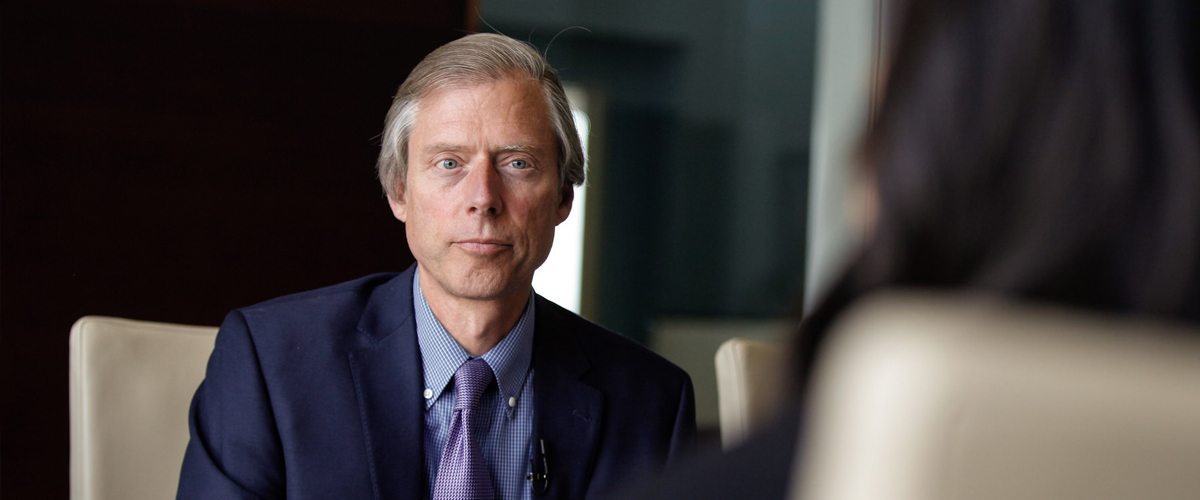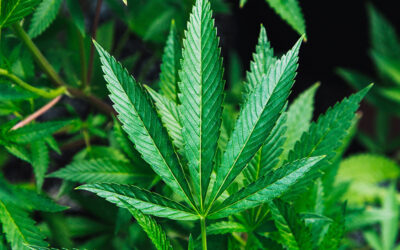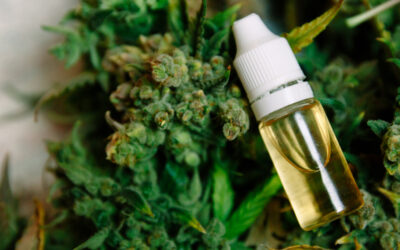This week from Medical Marijuana, Inc. CEO Dr. Stuart Titus:
Cannabis Answers the Call –
1. Patients Are Paying Out-Of-Pocket for MMJ vs Rx Drugs
2. Opioid Painkiller Crisis
Like many of our weekly news headlines, this week featured more news and revelation regarding our opioid abuse crisis. Having been a practicing Physiotherapist I dealt with patients and their pain issues on a daily basis. I have been amazed throughout my career at the number of athletes who were using cannabis in injury rehab to control pain and inflammation issues. This began my inquiry into the potential medicinal aspects of cannabinoids and certainly changed my opinion on cannabis.
What I always remember from my college days is how many of my colleagues were such huge cannabis proponents. Back then there was not much standardization, supply was irregular, and one never really knew what they were getting in their cannabis. Today, the younger generation also has numerous cannabis supporters, and many of these really make it as much a science as a passion. There is a huge variety of cannabis strains, of extraction techniques for oils, and of potential effects these products have on the body.
Looking at recent state-wide legislation, Pennsylvania now allows for 18 different medical indications and Ohio 21. This will keep medical science busy for the next 100 years in examining the potential aspects of cannabis for these many disease indications. This week we also saw the results of a study analyzing results going back to 2013 where Medicare Part D was analyzed in states with legal cannabis laws.
The legalization of medical marijuana in an increasing number of US states may be linked to a lower rate of other prescription drugs, this new study shows. As reported in Live Science, researchers found an estimated $165.2 million in savings in Medicare spending on prescription drug coverage reimbursement figures within these cannabis-legal states. These prescription drugs treat some of the same conditions that are covered by the state’s medical cannabis programs. In 2013 data was analyzed from the 17 US states and the District of Columbia where medical cannabis laws were implemented.
The savings accounted for 0.5 percent of the 2013 budget for Medicare Part D’s prescription drug coverage and showed that people are turning to cannabis as an alternative to other medications. Ashley Bradford, a student researcher at University of Georgia (UGA) and the study’s lead author mentioned, “The results suggest that people are really using cannabis as medicine and just not using it for recreational purposes.”
The study covered all the nine conditions that were covered by medical cannabis programs: anxiety, depression, glaucoma, nausea, pain, psychosis, seizures, sleep disorders, and spasticity. Researchers reviewed all the claims made under Medicare Part D for these same indications. Study co-author W. David Bradford, professor of public policy at UGA, mentioned that “right after pain, the most popular google search for marijuana is glaucoma”. Since marijuana effects for glaucoma only last an hour, it is unrealistic to believe that patients would use marijuana every hour – and the data showed that actual prescriptions for glaucoma were higher in these marijuana-friendly states.
Glaucoma was the exception – as all other indications showed significant decreases in prescriptions drug use. As an example, with prescriptions for drugs to treat pain, there were 1,826 fewer daily doses in marijuana-friendly states than in non-marijuana friendly states. The average in non-legal states comes to 31,810 daily doses. Based on these results, researchers estimated that the Medicare program would have saved close to $500 million ($1/2 billion) on prescription medications had all US states implemented medical marijuana.
Ashley Bradford said the study will continue, next by looking at medical marijuana’s effect on Medicaid.
OPIOID EPIDEMIC:
This past week, Congress passed Opioid restriction laws that are waiting for President Obama’s signature to fully be put into law. The bill is a major attempt to combat the opioid painkiller and heroin epidemic – and President Obama is expected to sign. The Obama Administration earlier this month focused on providing more treatment options to people with opioid abuse disorders. Link: http://www.vox.com/2016/7/6/12101476/obama-congress-opioids-heroin
To illustrate the seriousness of the problem, in 2014 more Americans died of drug overdoses than any other year on record: more than 47,000 deaths with 2/3 linked to opioids (nearly 32,000). This is a similar amount to those who died in car crashes and a similar amount to those who died as a result of gun violence. Opioid painkillers kill more Americans than any illegal drug.
The catch – it is not clear if Congress will allocate the hundreds of million dollars required to fight this epidemic. The White House is forging ahead, hoping to make more forms of treatment available and more accessible – even if Congress does not approve funds.
Money for drug abuse programs and treatments is truly needed. According to 2014 federal data, at least 89% of people who met the definition for a drug abuse disorder did NOT get treatment, largely due to stigma and financial barriers. Patients with drug abuse disorders also frequently complain of weeks-or-months long waiting periods for care – most often due to a severe lack of resources to match demand.
Since nearly 100 million Americans suffer with pain – pharmaceutical companies were happy to oblige with pain medications. They provided campaigns for doctors to prescribe opioids. When clinics seemed to over-prescribe and research pointed toward underworld abuse, pharma companies remained hushed about their findings.
Black market sources would obtain thousands of bottles of opioids and either resell them – or lace then with even stronger hallucinogenic drugs – and then resell. It was a huge, multi-billion-dollar market. Link: http://www.salon.com/2016/06/03/what_big_pharma_doesnt_want_you_to_know_about_the_opioid_epidemic_partner/
Isn’t it time for a new approach…? Medical cannabis and cannabinoids have provided an all-natural form of pain relief for centuries. NO ONE has ever died from an overdose of botanical cannabis – but people do die from synthetic marijuana, known as Spice and K-2.
Since marijuana is a botanical, there are virtually no side-effects – and actually cannabinoids are good for you. We all have endogenous cannabinoid systems that need support.
Already, we are seeing the incidence of prescription drug overdose death 25% LOWER in states where medical cannabis is legal – presumably because patients are able to combine natural botanical cannabis and use lower dose opioids to control pain. http://www.newsweek.com/states-medical-marijuana-painkiller-deaths-drop-25-266577
The Newsweek article goes on to state:
“In the study, published today August 25 in JAMA Internal Medicine, the researchers hypothesize that in states where medical marijuana can be prescribed, patients may use pot to treat pain, either instead of prescription opiates, or to augment them—and may thus require a lower dosage that is less likely to lead to a fatal problem.”
In medical cannabis states, the inclusion of chronic pain as an indication for medicinal cannabis has had a huge impact on the size of the given state’s market. In eight markets analyzed where patient usage data is available, pain accounted for more than 64% of all medical cannabis recommendations. Conditions like PTSD account for about 4% of all medical cannabis recommendations. http://mjbizdaily.com/chart-of-the-week-most-common-medical-conditions-of-registered-mmj-patients/
The nice thing about the psychoactive THC is that it does not take much to provide an effect. 10mgs of THC is enough to put many on the couch for a day – or longer. Non-psychoactive cannabinoids may also provide a good role – as they seem to have a good effect upon the vanilliod pain receptor.
US Government patent # 6,630,507 titled: Cannabinoids as Antioxidants and Neuroprotectants shows that: “Nonpsychoactive cannabinoids, such as cannabidoil, are particularly advantageous to use because they avoid toxicity that is encountered with psychoactive cannabinoids at high doses…” Link: http://www.google.com/patents/US6630507
THC, CBD or combination thereof – the time is ripe for new policies and regulations to deal with pain – if we don’t press for something different – nothing will ever change…
Stuart W Titus, PhD
President & CEO, Medical Marijuana Inc. (OTC: MJNA)






